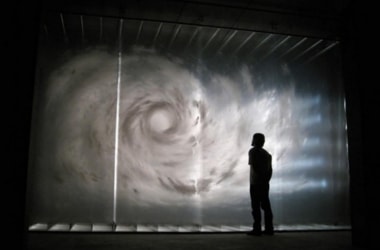
Scientists have developed a novel way to 3D-print objects using glass, an advance that could be used to make very small optical components for complex computers.
Researchers mixed nanoparticles of high-purity quartz glass and a small quantity of liquid polymer and allowed the mixture to be cured by light at specific points — by means of stereolithography.
The 3D-printed glass can be used for many applications, including data technology.
The next plus one generation of computers will use light, which requires complicated processor structures, 3D technology could be used, for instance, to make small, complex structures out of a large number of very small optical components of different orientations.
What Is Stereolithography?- Stereolithography is a form of 3D-printing technology.
- It is used for creating models, prototypes, patterns and production parts in a layer by layer fashion
- It uses photo-polymerisation, a process by which light causes chains of molecules to link, forming polymers.
- The material, which remains a liquid, is washed out in a solvent bath, leaving only the desired cured structure.
- The polymer still mixed in this glass structure is subsequently removed by heating.
- A variety of 3D-printing techniques available so far have been used on polymers or metals, but rarely on glass.
- Where glass was processed into structures, for instance by melting and application by means of a nozzle, the surface turned out to be very rough, the material was porous and contained voids.
- Researchers presented a new method, an innovation in materials processing, in which the material of the piece manufactured is high-purity quartz glass with the respective chemical and physical properties.
- The glass structures show resolutions in the range of a few micrometres — one micrometre corresponding to one thousandth of a millimetre.
- However, the structures may have dimensions in the range of a few centimetres, researchers said.